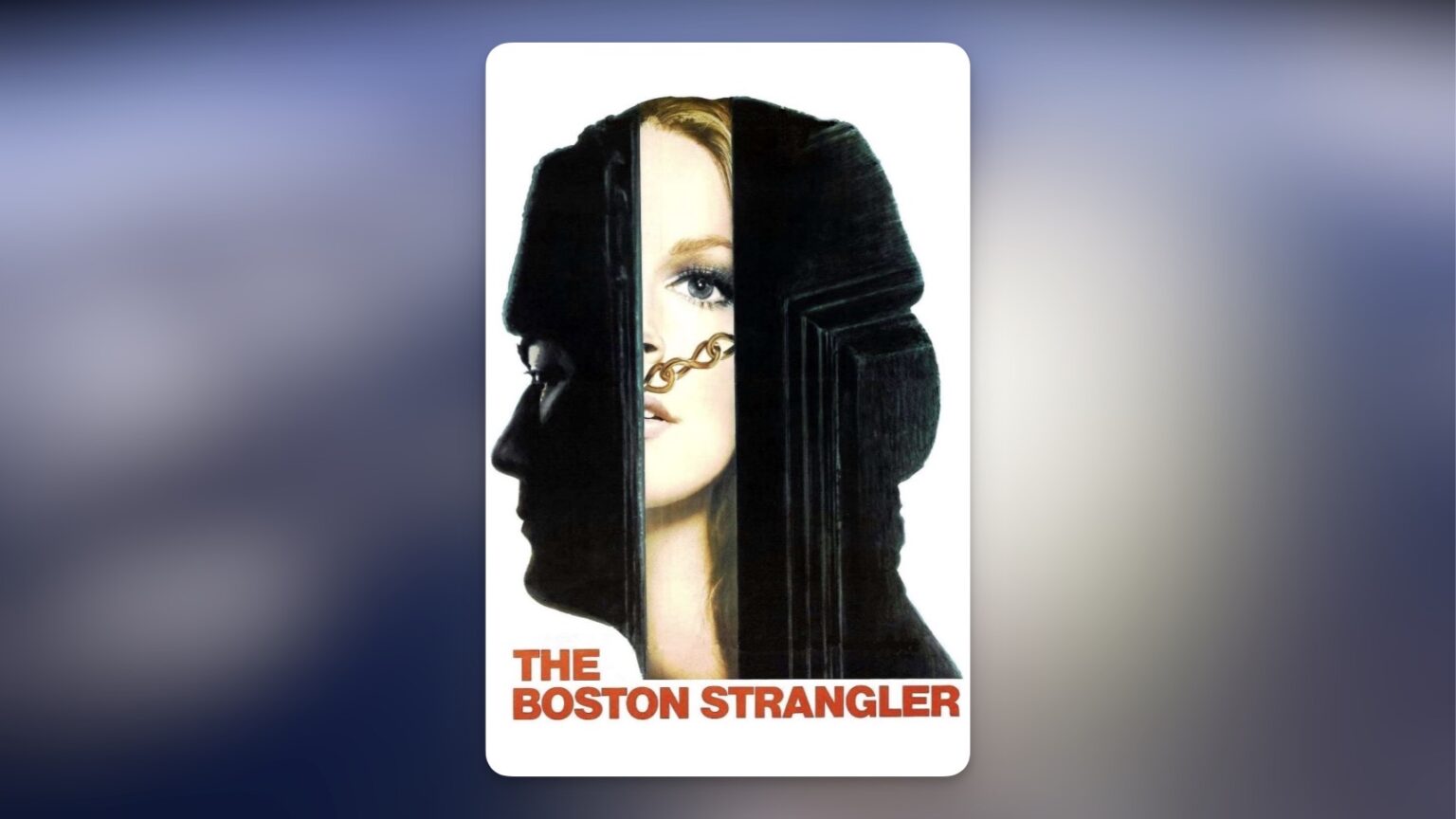In 1968, when The Boston Strangler was released, America was in the midst of a cultural reckoning. The country was grappling with the rise of the counterculture, the civil rights movement, and the growing presence of sensationalized crime in the media. People were learning to lock their doors. This was the world into which Richard Fleischer’s film was released—a world where safety was no longer a given, and trust was the once-ripe fruit rotting in the soil.
The Boston Strangler is a true-crime thriller about a series of chilling murders that terrorized Boston in the early 1960s. The film is also a study in contrasts. It’s about the tension between control and chaos, between public hysteria and private vulnerability, between the man—Albert DeSalvo—and the monster he was presumed to be.
The film opens on dread, amplified by Fleischer’s split screens. This technique ends up being the film’s heartbeat. It fragments the narrative, showing us multiple perspectives simultaneously. We see the police piecing together the case on one side while the killer prowls the streets on the other. It is a visual metaphor for the fractured society that allowed these crimes to occur—the cracks in the system, the disconnection between neighbors, and the blurred lines between criminal and victim.
Tony Curtis is cast against type as Albert DeSalvo. He was known for his charm, for roles that showcased his good looks and charisma. But here, there’s a weight to his performance. He carries himself heavily. Curtis’s DeSalvo isn’t a caricature; he’s a person whose actions are monstrous but whose inner life is disappointingly human. This is what makes the film so unsettling. We don’t see DeSalvo as a simple killer; we see him as someone who bifurcated understanding of his own reality makes him the safe predator who advantages himself of the permeability of our homes.
That’s where Henry Fonda’s character, John Bottomly, comes in. Bottomly is a lawyer-turned-investigator, the kind of rational, steady presence that contrasts sharply with DeSalvo’s fractured psyche. Fonda plays him with his trademark quiet authority, but what’s interesting is how the film doesn’t position him as a savior. He’s not a savior. He’s our representative of a system trying and failing to understand the unthinkable.
There’s a scene late in the film where DeSalvo, under hypnosis, begins to recall his crimes. It’s a powerful moment. Fleischer uses rapid cuts—flashes of memory, glimpses of violence—to put us inside DeSalvo’s head. It’s disorienting, almost unbearable, and I think that’s the point. We don’t get to sit comfortably on the outside looking in, rather we’re forced to confront the uncomfortable truth that human behavior is anything but black and white.
The Boston Strangler is about the society that enabled him. The film captures the fear that gripped Boston during the killings, the way communities turned inward, the way women were told to stay indoors, the way the media sensationalized every detail. It’s a story of a city on edge, and it raises questions that feel disappointingly relevant today. How do we balance public safety with individual privacy? How do we talk about mental illness in the context of crime? And how much of what we think we know is shaped by the stories we’re told?
I don’t blame the filmmakers for any perceived liberties they took with the story. It was made at a time when much of the case was still unresolved, and later investigations would reveal that DeSalvo might not have been the sole culprit. But The Boston Strangler isn’t a documentary, after all. But it’s one hell of a snapshot of a moment when America was beginning to realize that the monsters we fear might not be as far away as we’d like to think.

